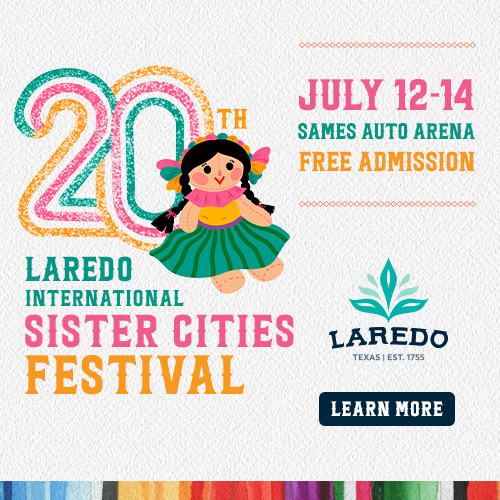Iroquois Indian Museum
Howes Cave, New York
The Iroquois Indian Museum will celebrate its 35th anniversary in 2016, and its main focus “is on contemporary Iroquois art and using that art to teach about Iroquois history and culture,” said curator Stephanie Shultes.
The museum has a featured exhibit every year. “Buckskin to Bikinis,” which opens this month and runs through November, showcases Iroquois clothing designers and wearable Haudenosaunee (Iroquois) art, such as high heels and high-top sneakers, T-shirts and baseball caps, all with some kind of connection to Iroquois culture.
Although the museum emphasizes contemporary art, it also showcases history and traditional heritage through permanent exhibits that tell who the Iroquois are, their creation story and the formation of the Iroquois Confederacy. The oldest artifact on display is a fluted clovis point that dates to about 10,000 B.C. and “was probably used when they were still using spear throwing,” Shultes said.
On the main floor, guests can look down to the lower level where they see a pond with living turtles and a large turtle sculpture. The design is based on the Iroquois creation story that tells of Sky Woman falling onto the back of a turtle, “so you can stand and look down on the turtle’s back as though you were Sky Woman,” she said.
Every Labor Day weekend, the museum puts on a two-day festival that features up to 30 artists, nature walks on the museum’s 45-acre property, visits to the Three Sisters Garden — the three sisters are corn, beans and squash — and Iroquois foods such as corn soup, corn hominy, and beans and squash.
On some Saturdays in July and August, the museum brings in artists to demonstrate cradleboard-making and beadworking or to host dance groups that perform Iroquois social dances.
Comanche National Museum and Cultural Center
Lawton, Oklahoma
The moment visitors open the door of the Comanche National Museum and Cultural Center in Lawton, Oklahoma, they’re greeted by Irving, a full-size bison.
“You always see people gasp when they see him,” said museum director Candy Morgan.
The bison were, in many ways, the lifeblood of the Comanche, and the museum educates visitors about how the tribe hunted, what weapons and techniques they used, and how they used the meat, hide and bones.
A key piece of that education is the award-win- ning interactive exhibit, a digital simulation of a bison hunt designed to “fully immerse the player,” Morgan said. On the simulator, players use a virtual bow and arrow to shoot the running bison, all while galloping on horseback and trying to avoid hazards such as prairie dog holes, which could lame their horses. Along the way, trivia questions pop up with information about different aspects of bison hunting. The entire game is in the Comanche language with English subtitles.
“Everything you hear on that game, including music and war whoops, is authentic,” Morgan said. “Comanches recorded those.”
The museum also offers special presentations and custom tours that highlight the 21 Comanche men who were chosen to be code talkers in World War II, the centerpiece of which is a 13-minute video that showcases the diary of one of the Comanche code talkers.
The center has the largest Comanche fine-art collection in the world and regularly rotates items in its exhibits. At least twice a year, the museum opens temporary exhibits, the largest of which coincides with the Comanche Nation Fair in September.
“Our whole mission here is to educate the public about our great Comanche nation,” Morgan said. “We are a teaching museum; we want people to learn about who we are.”










